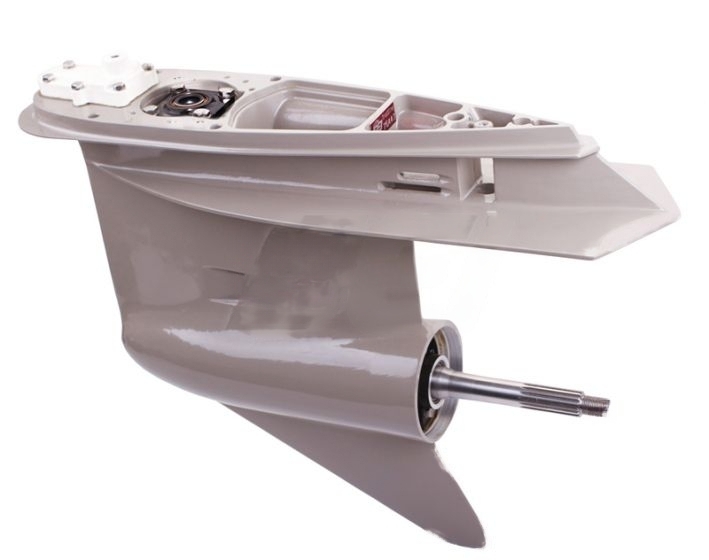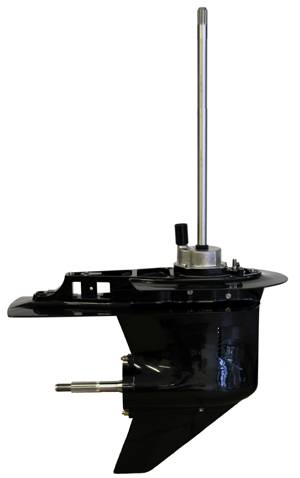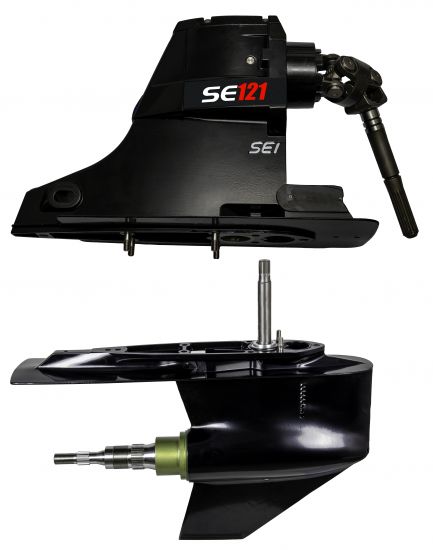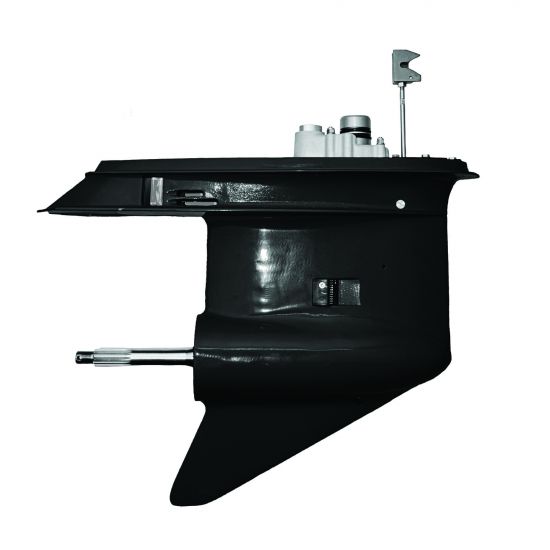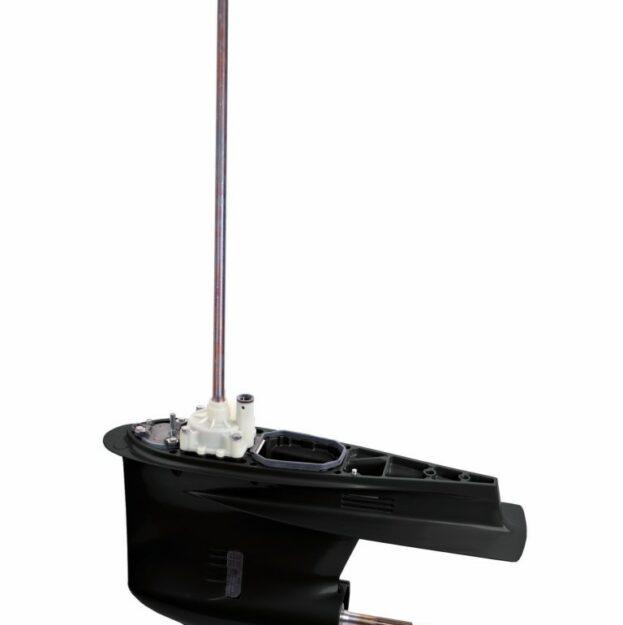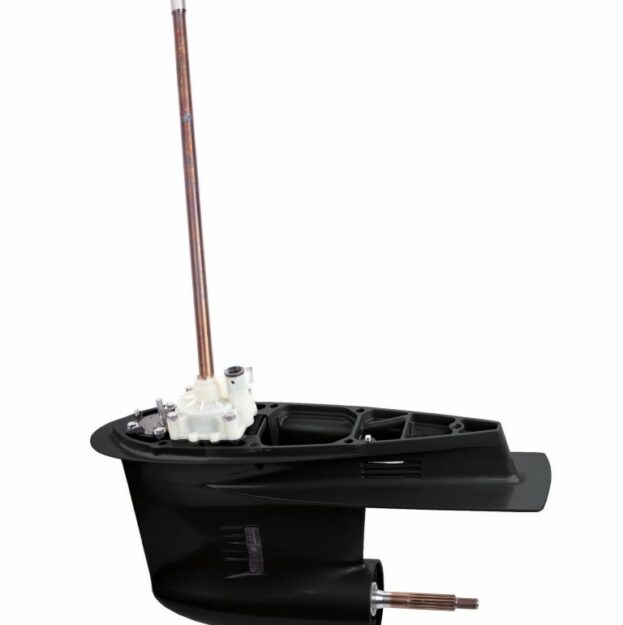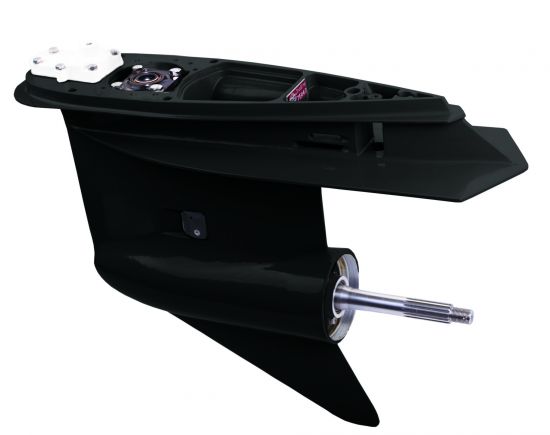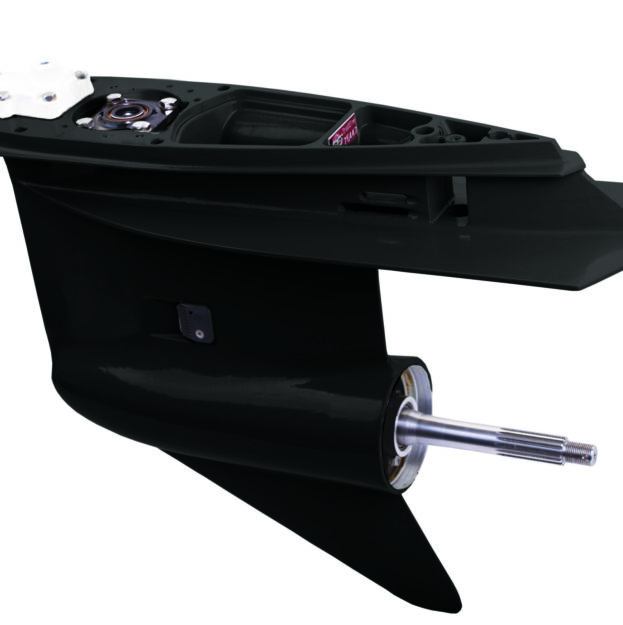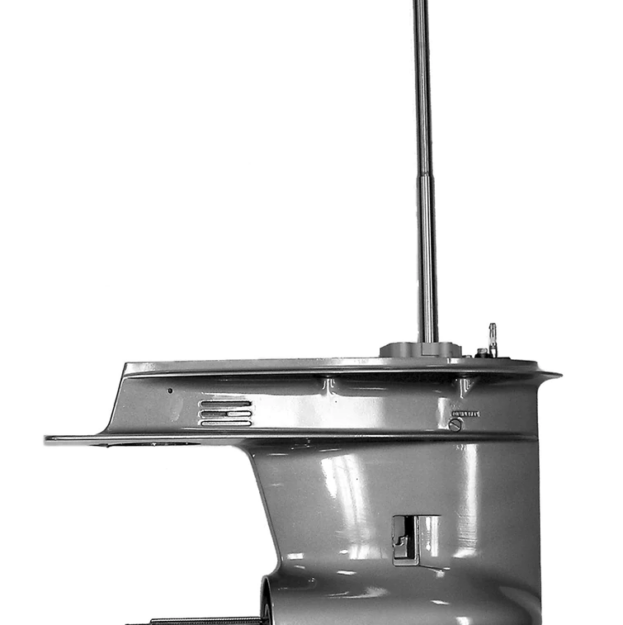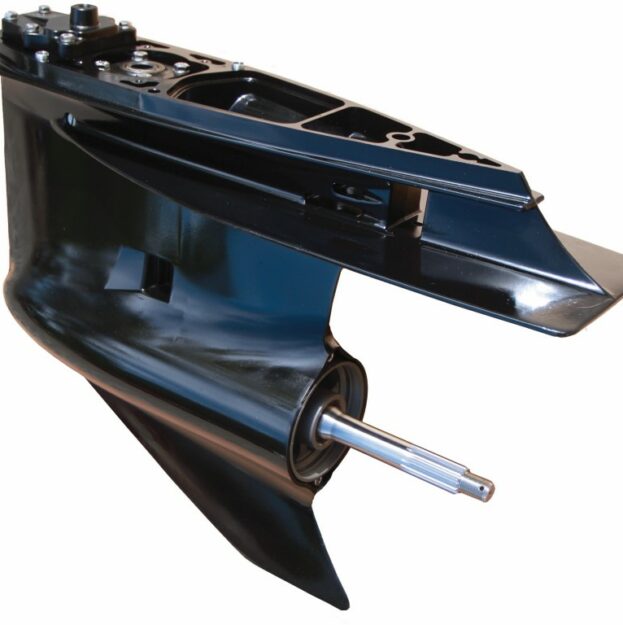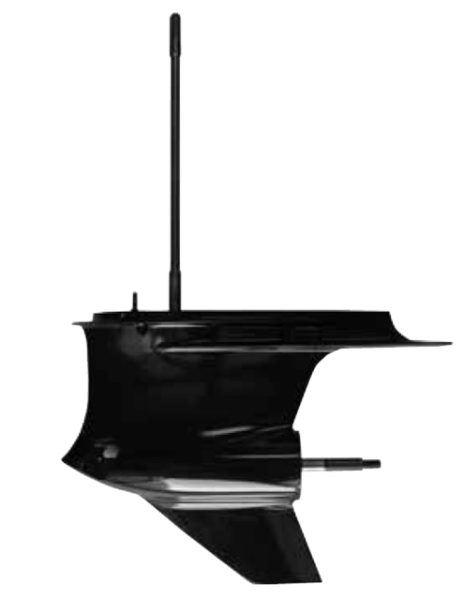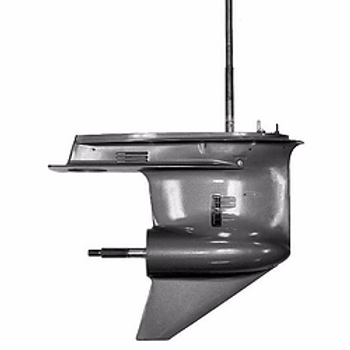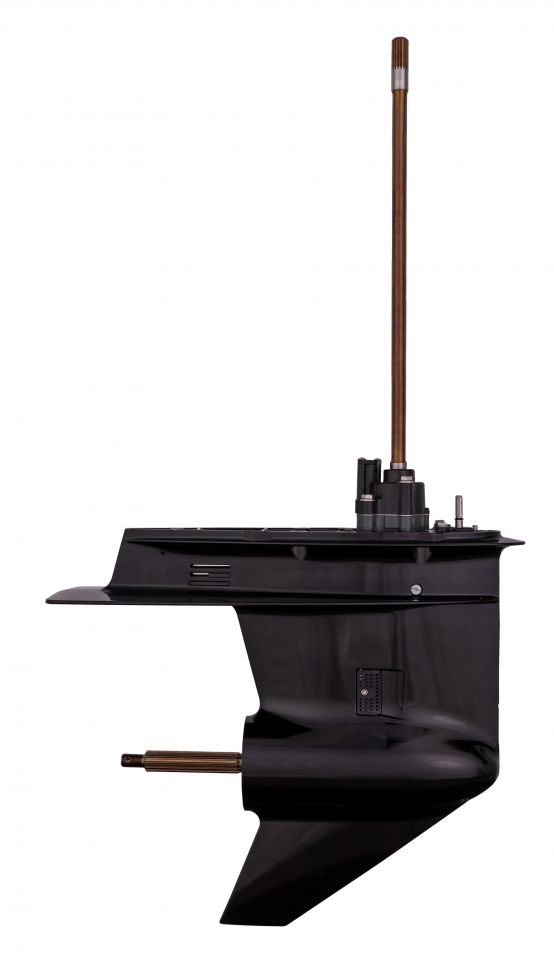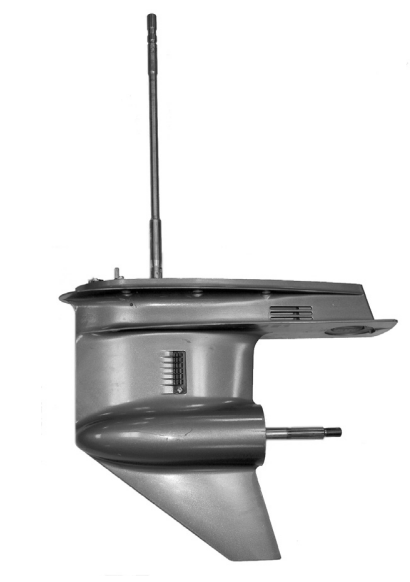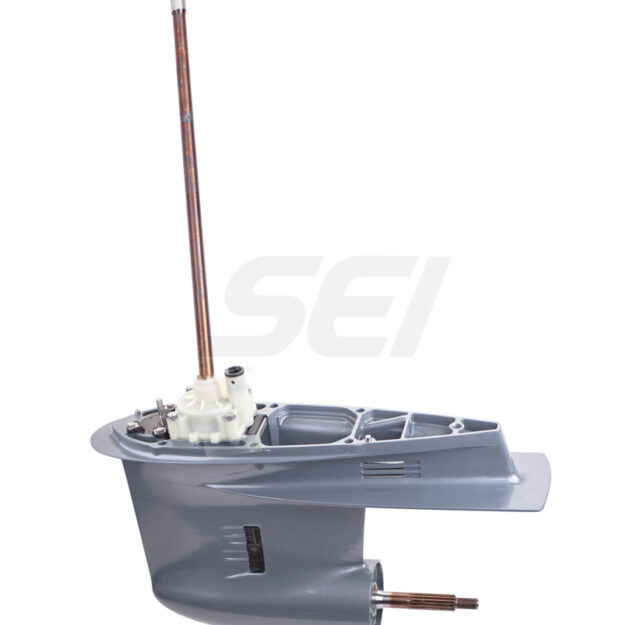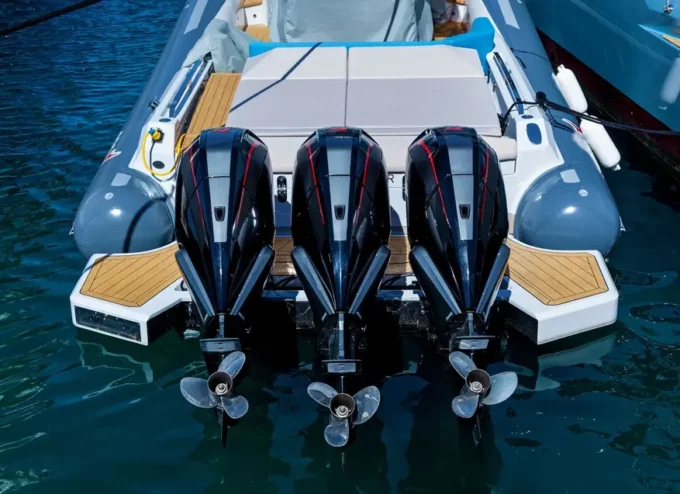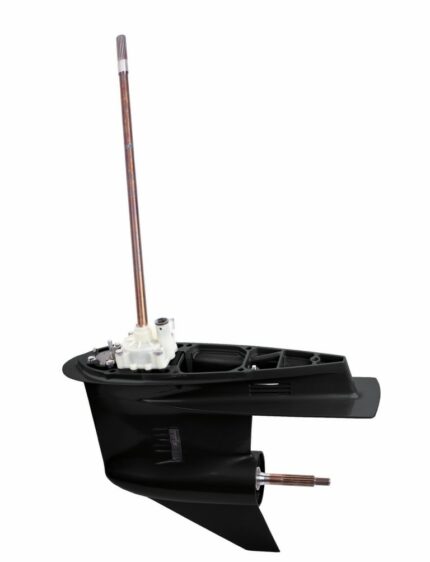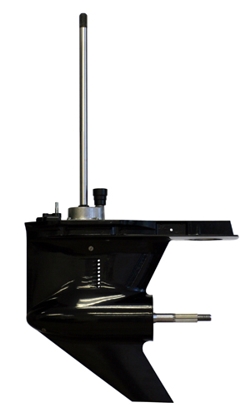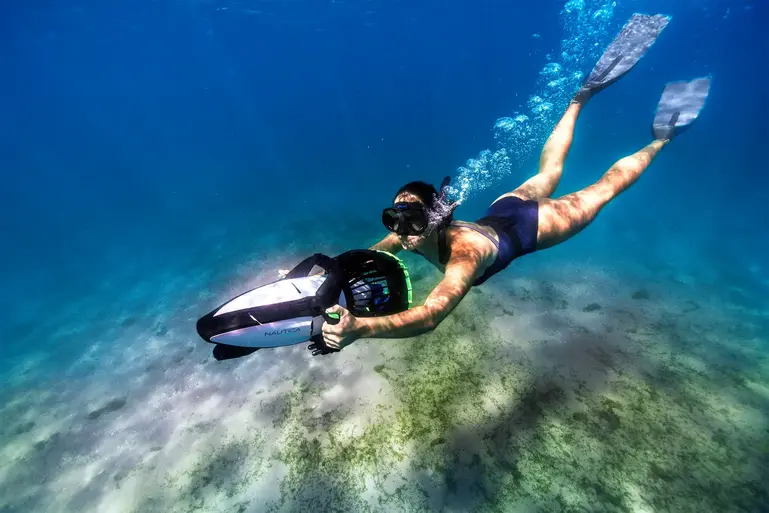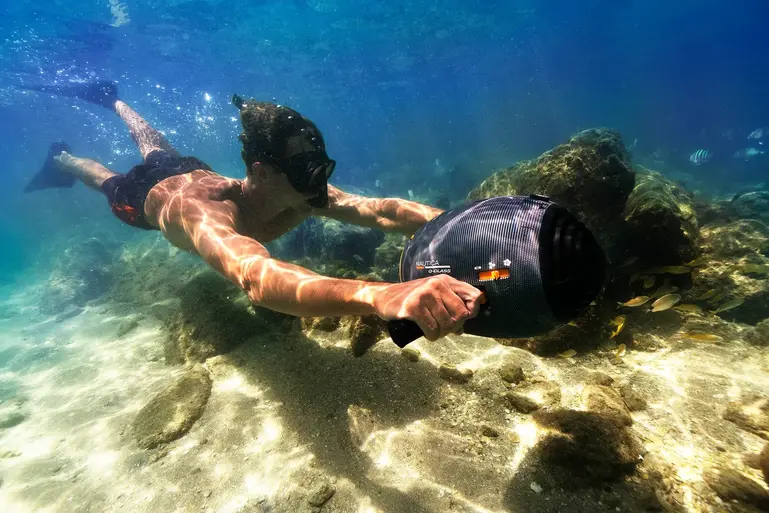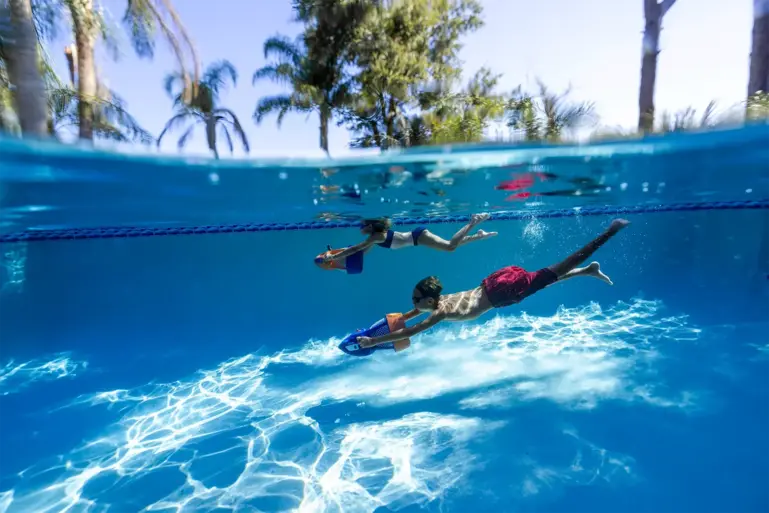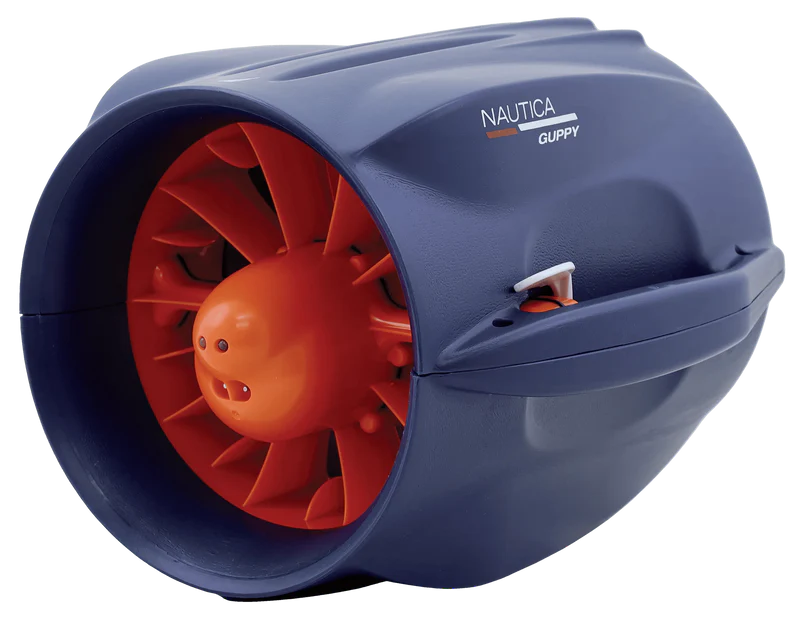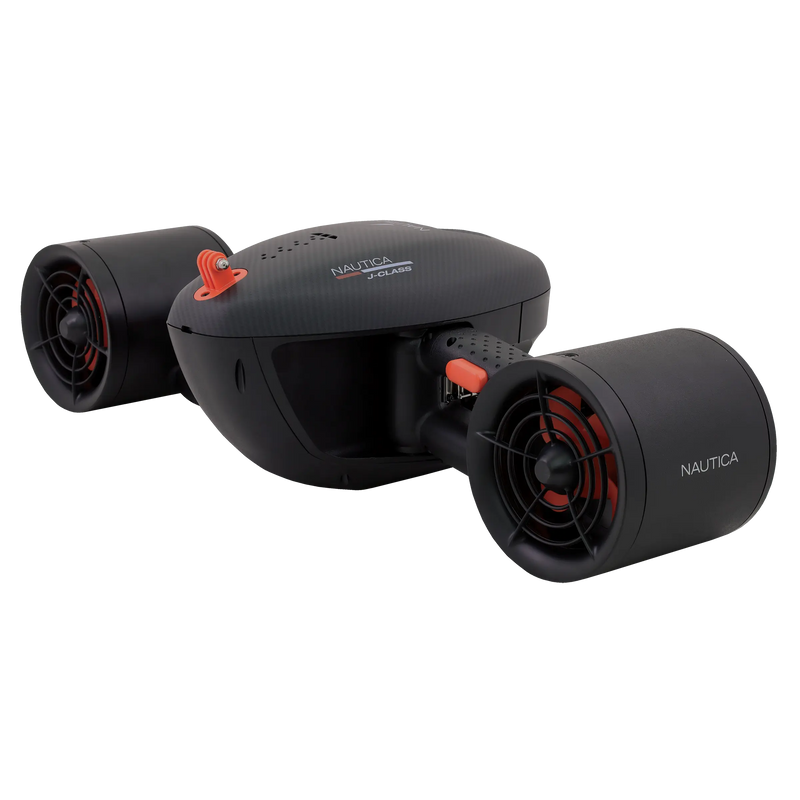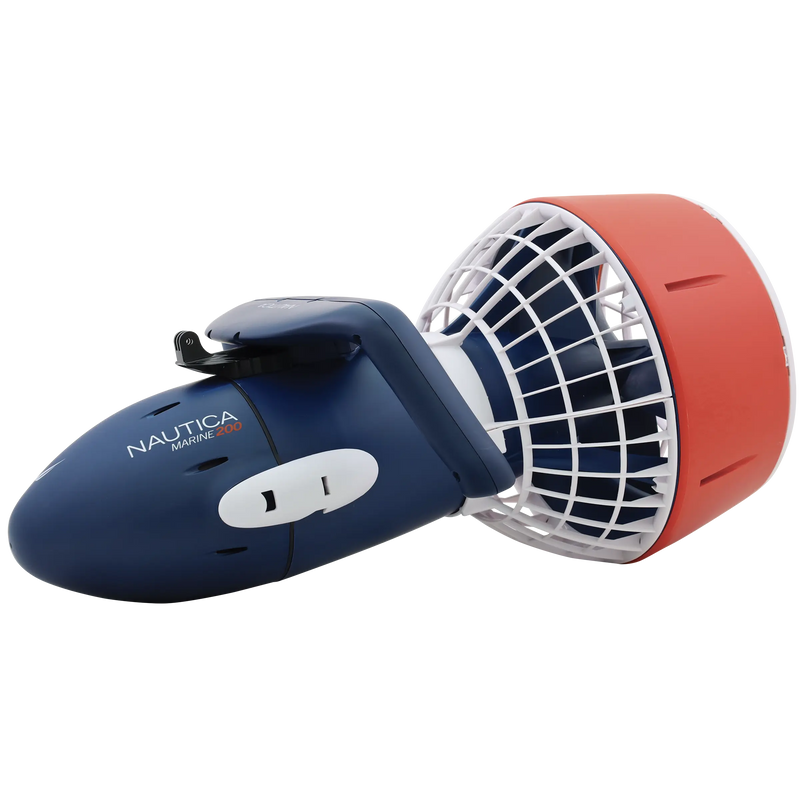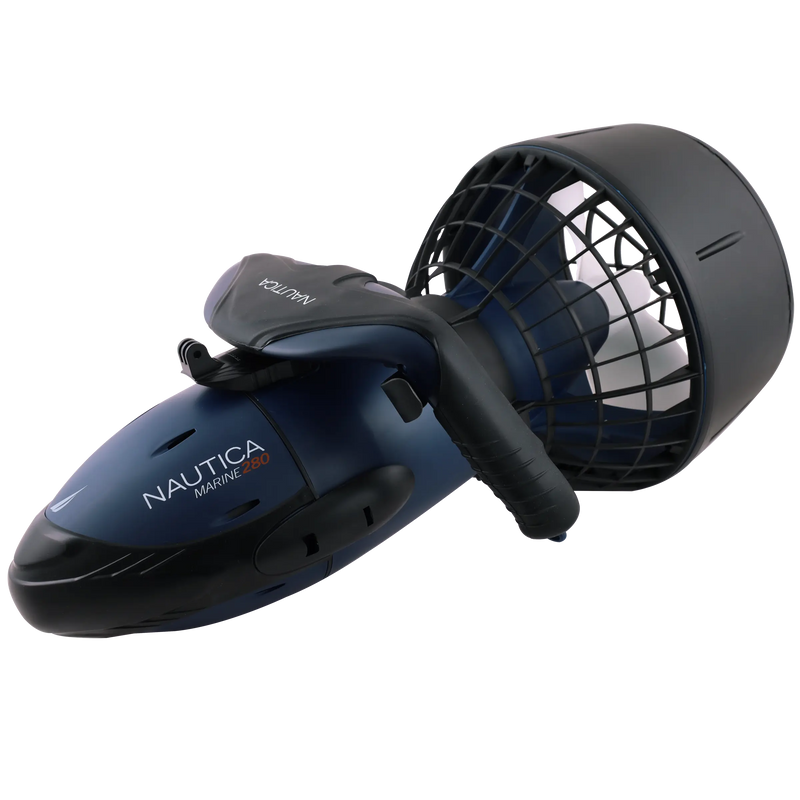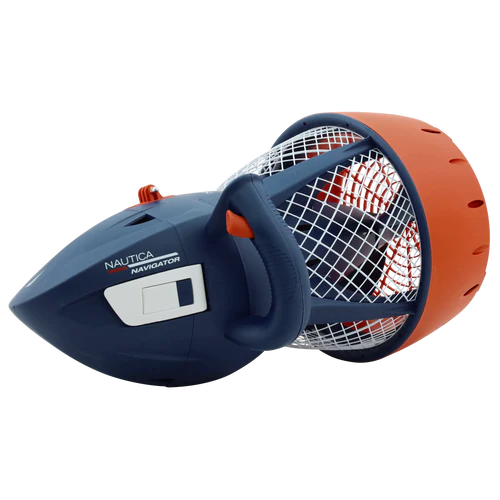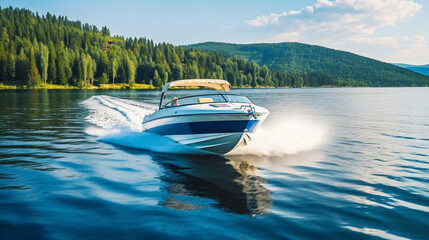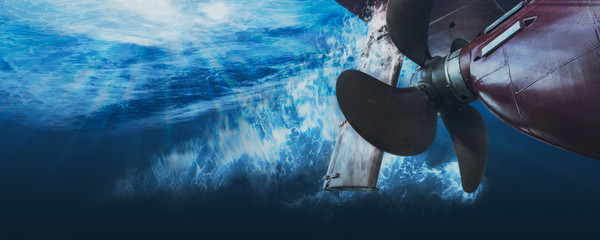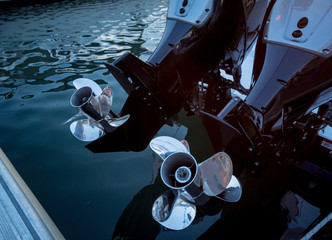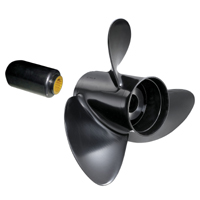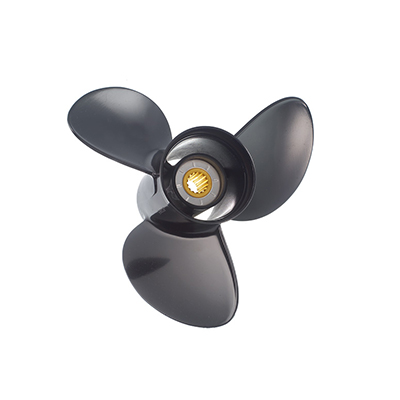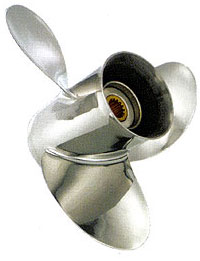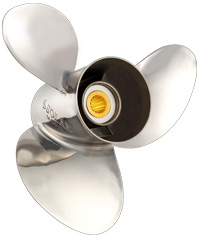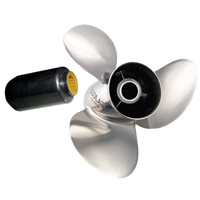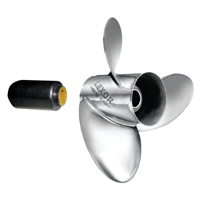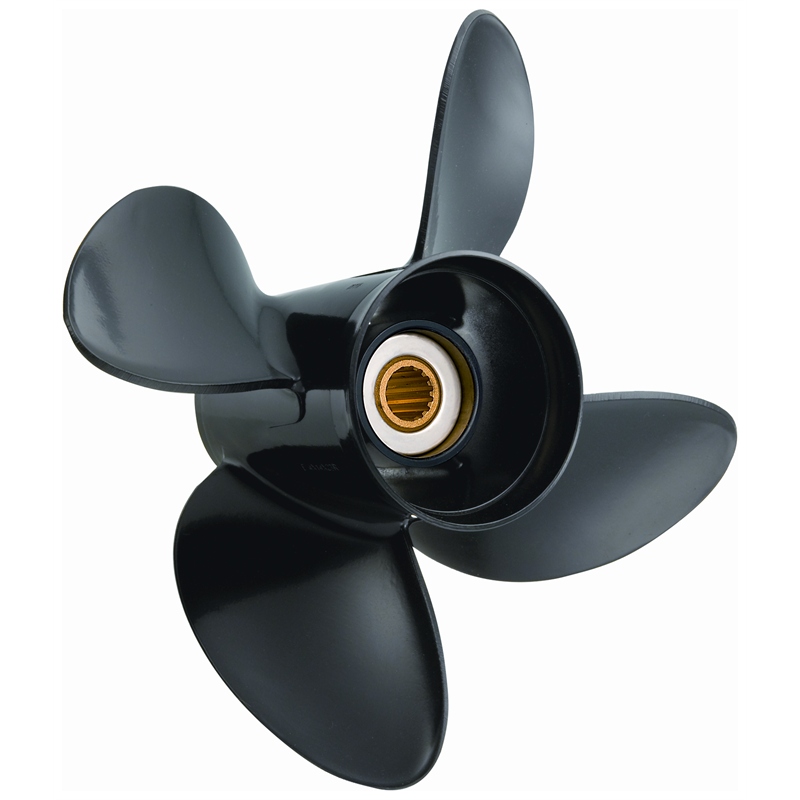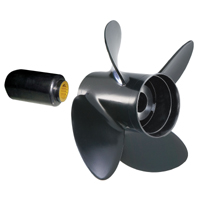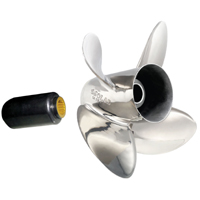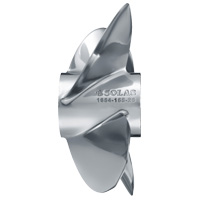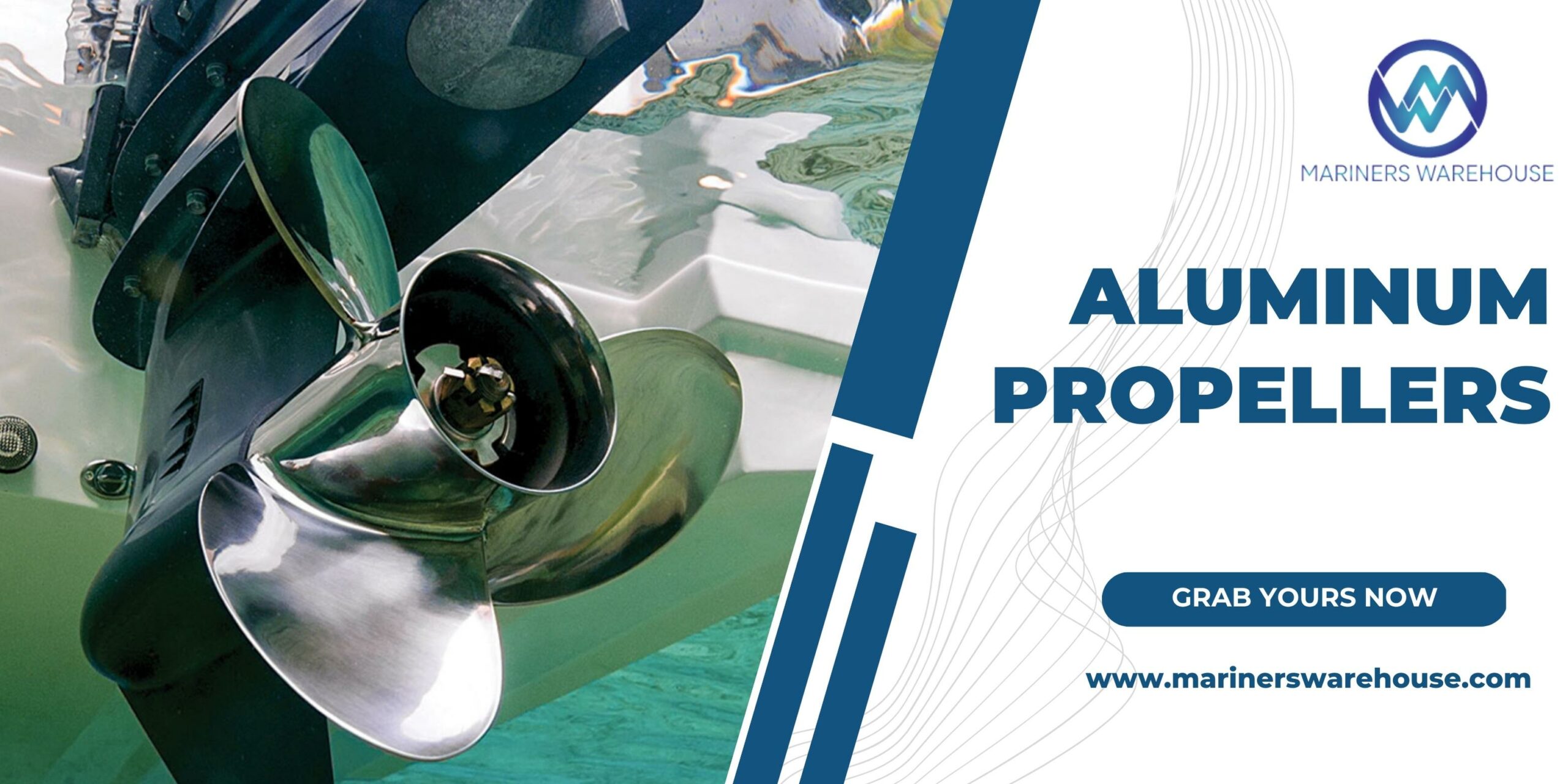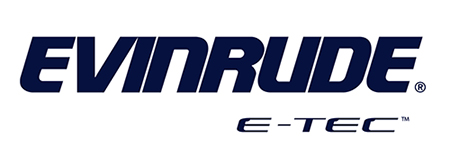The type of propeller you install can make a big difference when it comes to outboard motor maintenance. With the right knowledge and selection of the proper propeller for your outboard lower unit, you’ll be able to maximize the performance and safety of your vessel. This blog will look at the key factors to consider when selecting the best propeller for your outboard motor.
Understanding the Basics of Propeller Selection
Yamaha outboard propellers selection can be one of the essential components of your outboard motor setup. From the number of blades to the size and material, the choice of a propeller substantially impacts the performance of the boat and engine. To pick the best propeller for your needs, it is essential to understand the basics of propeller selection and know the factors to consider. Outboard motors generally have either three-blade or four-blade propellers. Three-blade propellers balance speed and acceleration and are used in various boat types and sizes. Four-blade propellers are usually used in larger boats, offering increased propulsion and control. Another type of propeller is the 5-blade propeller. The five-blade propellers are typically utilized on high-performance boats and provide the most speed and acceleration. Additionally, the size and material of the propeller will make a significant impact on performance.
Properties to Look for in a Propeller
Number of Blades
The number of blades on a yamaha propeller can significantly impact its performance. Generally, propellers with more blades will produce less noise and vibration, but they may also be less efficient than propellers with fewer blades. Additionally, propellers with more blades typically have a larger diameter than those with fewer blades.
Pitch
The propeller’s Pitch refers to the blades’ angle, which is crucial in determining the propeller’s thrust and efficiency. A higher pitch will produce more thrust and require more power to turn. Conversely, a lower angle has less thrust but requires less energy to ride.
Diameter
The propeller diameter is another critical consideration. A larger diameter will provide more thrust and lift and require more power to turn. A larger diameter may also be less efficient than a smaller one, especially at higher speeds. However, it’s important to note that the propeller’s diameter should be proportioned to the Pitch to achieve the best performance. In summary, when looking for a propeller, it is essential to consider the number of blades, Pitch, and diameter to ensure that the propeller will meet your specific needs and provide the best performance possible.
Common Propeller Mistakes to Avoid
When selecting a propeller, a boater must consider many things to purchase the right one. Doing your homework before buying a propeller is vital to enjoying safe and reliable boating.
Unfortunately, many boaters make mistakes when considering a propeller yamaha outboard, which can severely affect their boating performance and safety. The following are some of the most common mistakes when selecting a propeller and how to avoid them.
Choosing the Wrong Size
One of the most significant mistakes boaters can make is buying a yamaha outboard propeller that is either too large or too small for their boat. Different boats have different requirements regarding the size and Pitch of their propeller, so it is essential to be aware of the proper measurements for your boat.
A too-small propeller will be less efficient and unable to produce the necessary thrust or power to move your boat at the desired speed. On the other hand, a too-large propeller can lead to excessive strain on your boat’s engine and can cause damage to other internal systems in your boat. If you are still determining the right propeller size for your boat, it is best to consult a professional.
Choosing the Wrong Pitch
Another common mistake is selecting a yamaha propeller with the Wrong Pitch. The propeller’s Pitch is how far it will move forward with each revolution. A propeller with too low of a pitch will be unable to provide the necessary thrust, resulting in slow and inefficient boat speed. Similarly, a propeller with an angle that is too large will result in excessive strain on the engine and, ultimately, poor performance.
Choosing the Wrong Material
The material of a propeller can also have a significant impact on the performance of your boat. Selecting a propeller made from the correct material for your application is essential to ensure maximum efficiency. Aluminium and stainless steel are the most common materials used for propellers, though other materials such as composite, bronze, and even carbon fiber are now available.
Maintaining and Replacing Your Propeller
Yamaha propellers are the unsung heroes of boating, quietly propelling your vessel through the water with little fanfare. But like any mechanical device, they require regular maintenance to keep them running smoothly and efficiently. One of the most important things you can do to maintain your propeller is to inspect it for any signs of damage or wear regularly. Look for bent or chipped blades or any signs of corrosion. If you spot any issues, it’s best to address them as soon as possible to prevent further damage and ensure optimal performance. In addition to regular inspections, it’s also a good idea to keep your propeller clean and free of debris. A quick rinse with fresh water after each use can go a long way in preventing corrosion and prolonging the life of your propeller.
When it comes to replacing your propeller, timing is everything. Wearing or damaged yamaha propellers can negatively impact your boat’s performance and fuel efficiency, so it’s essential to replace them as soon as you notice any issues. But how do you know when it’s time to replace your propeller? A good rule of thumb is to replace your propeller every three to five years or when you notice any wear or damage. To select a replacement propeller that is the right size and Pitch for your outboard lower unit, you’ll need to know your engine’s make and model, the boat’s hull type, and intended use. You can consult a professional or reference online propeller size charts with this information to find the perfect replacement for your setup.
Conclusion
Using the right propeller for your outboard lower unit is essential for performance and safety on the water. It can make a big difference in boat speed and handle and enhance your outboard’s longevity. With the right propeller, you can get the most out of your outboard motor and have a more enjoyable boating experience. There are many factors to consider when selecting the right propeller, and it’s essential to have the right advice to ensure your outboard performs at its best.

